Recorded on the list of National Intangible Cultural Heritage in 2016, Xuan Pha play has gone beyond the scope of villages and communes, becoming a valuable symbol of Vietnamese folk culture.
Unique show
According to folklore researchers, the Xuan Pha game appeared during the Dinh Dynasty (968 - 980), flourished during the early Le Dynasty.
Xuan Pha stands out with 5 folk plays depicting the "Five neighboring countries paying tribute" including: Hoa Lang play (Kingdom of Korea), Tu Huan play or Luc Hon Nhung (a tribe in the North of Dai Co Viet), Ai Lao play (symbolizing the Thai-Lao people), Ngo Quoc play (an ancient country in China), and Chiem Thanh play (Champa people).
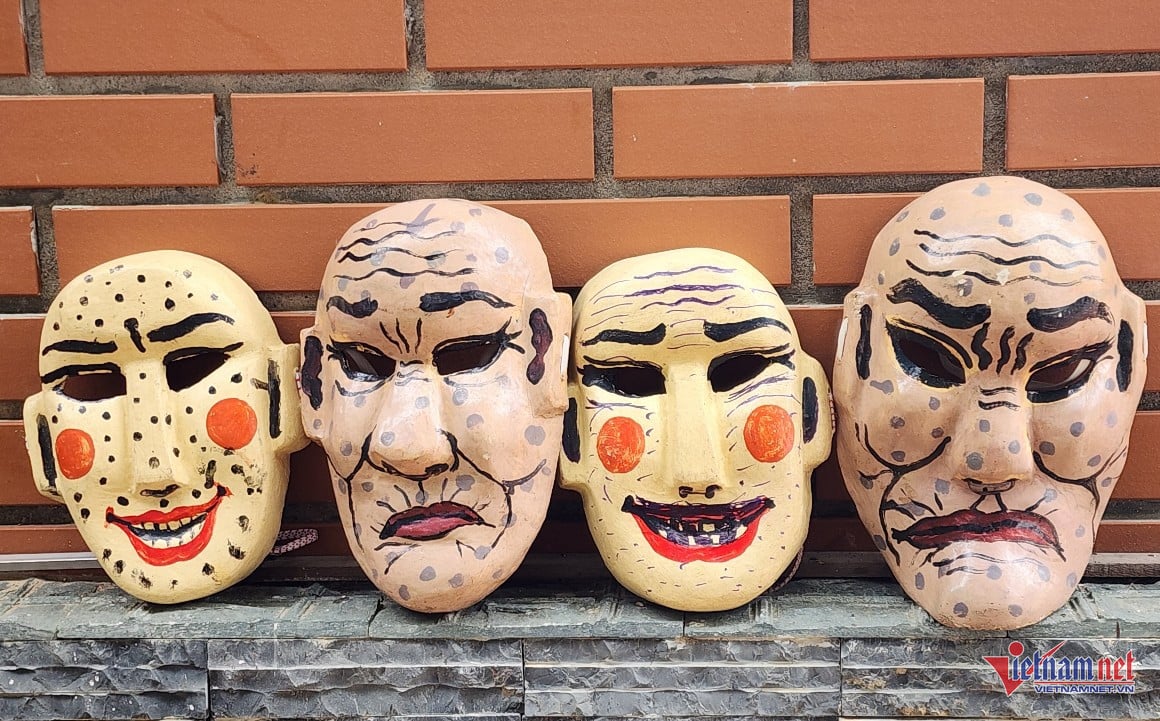
Masks performed in Xuan Pha plays.
Xuan Pha dance was formed and developed over 1,000 years to become a "unique" folk dance complex, taking place annually from the 9th to the 12th of the second lunar month at the Xuan Pha Temple relic, Xuan Truong commune, Tho Xuan district, Thanh Hoa province.
Meritorious Artist Bui Van Hung - Head of Xuan Pha Traditional Art Troupe, who has spent nearly 40 years preserving and developing the "unique" performance, said that each performance is associated with its own story but all recreate the image of the delegations of envoys coming to pay homage to the king of Nam Viet.
 The Hoa Lang troupe's costume includes: long dress, high cowhide hat, left hand holding fan, right hand holding paddle, wearing mask also made of cowhide painted white...
The Hoa Lang troupe's costume includes: long dress, high cowhide hat, left hand holding fan, right hand holding paddle, wearing mask also made of cowhide painted white...The Hwa Lang play represents the tribute of the Goryeo (Korean) people, with the characters of grandfather, grandson, grandmother and ten soldiers. The lyrics express the diplomatic relationship, in addition, the costumes with eye-catching colors and patterns, the appearance of mascots symbolizing the rank of feudal officials, are also signals of the royal element in the play.
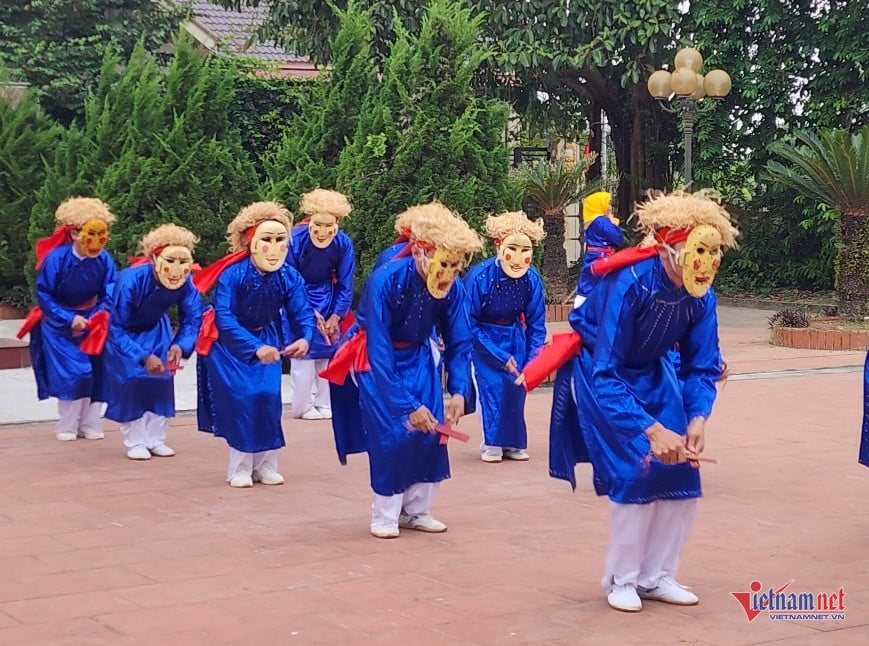
The Tu Huan troupe represents the Mongols paying tribute.
The costume of Tu Huan includes a bamboo hat and a wooden mask depicting the great-grandmother, mother and ten children. The bamboo hat is woven like an upside-down pot basket with bamboo strips to make the hair look silver, and is worn over a red square cloth covering the head. The wooden mask is painted white with “horrifying” black eyes and mouth. The great-grandmother’s face is wrinkled, the mother’s face is old, the ten children are divided into five pairs, their faces are painted according to their ages from young to old with 1, 2,…5 teeth to match.

The Ai Lao game symbolizes the Thai-Lao tribute.
The Laotian dance consists of the Lao Lord, his servants, his guards (ten soldiers), elephants and tigers dancing to the rhythm of bamboo cymbals, symbolizing hunting power but also softness and flexibility. The Lord wears a dragonfly-winged hat and a blue indigo shirt. The soldiers wear banyan-root hats, wrap them around their shoulders, wear leggings and hold bamboo cymbals in their hands.
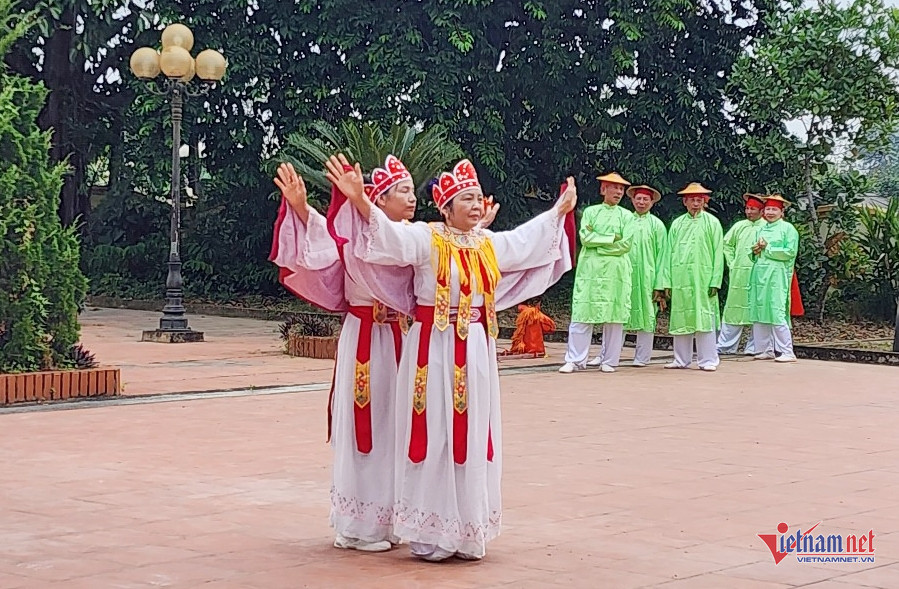
The Wu Kingdom game symbolizes the Wu and Viet (Chinese) people paying tribute.
The play Ngo Quoc has two fairies, a princess and ten soldiers wearing military hats, blue shirts, and holding oars. At the beginning of the act, the characters of the medicine seller, the candy seller and the geomancer appear and do an impromptu dance, then give way for the fairies, the princess and the soldiers to leave. The performance includes fan dances, scarf dances and oar dances.
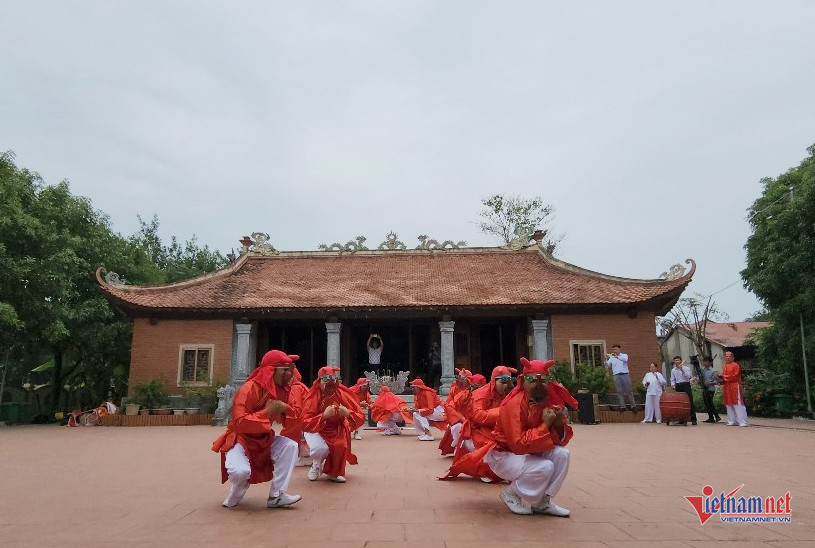 The Champa game symbolizes the Champa people paying tribute.
The Champa game symbolizes the Champa people paying tribute.In the game of Champa, in addition to the lord and the soldier, there is also a phoenix character. The lord's shirt is made of beans, the soldier's shirt is made of silk, both are dyed pink and have no embroidery patterns. The lord and the soldier both wear red square scarves with two vertical horns on their heads. The phoenix shirt is a "soi" collar, a "xiem" collar wrapped around the body.
Meritorious Artist Bui Van Hung affirmed: “Xuan Pha plays retain the traditional dances and lyrics, without mixing them, creating a difference compared to many other art forms. It is not only a combination of folk dances but also a combination of royal art and folk wisdom, bringing a unique cultural identity. It is the longevity of these values that has helped Xuan Pha play overcome the test of time.”
Preserve and promote heritage values
According to Meritorious Artist Bui Van Hung, in Xuan Truong there are currently about 22 artists contributing to the preservation of Xuan Pha dances. Among them, there is 1 People's Artist and 15 Meritorious Artists. The person who was awarded the title of People's Artist is Mr. Do Dinh Ta, who is over 90 years old.
“Xuan Pha is not only a family’s heritage but has become a common asset of the community. We always try to teach the younger generations so that they understand and love these cultural values,” Meritorious Artist Bui Van Hung shared.
According to Meritorious Artist Bui Van Hung, the maintenance of the art troupe is mainly due to the members’ passion for the art that their ancestors left behind. The artists still mostly live on farming, and when there are groups of visitors, they perform or take Xuan Pha to places to promote according to the province’s cultural program.
Teaching takes place regularly in classrooms, from elementary to middle school, helping children not only learn dance but also understand the history and culture of their homeland.
“Teaching dance movements is easy, but helping children understand the cultural and historical values behind each dance is a big challenge. The students are still young and have limited awareness, so we have to be patient with each step. The participation of local authorities, the community and especially the younger generation has helped Xuan Pha not only preserve but also develop strongly,” Meritorious Artist Bui Van Hung affirmed.
Source: https://vietnamnet.vn/ve-xu-thanh-xem-tro-xuan-pha-co-1-0-2-ton-tai-1-000-nam-2347397.html



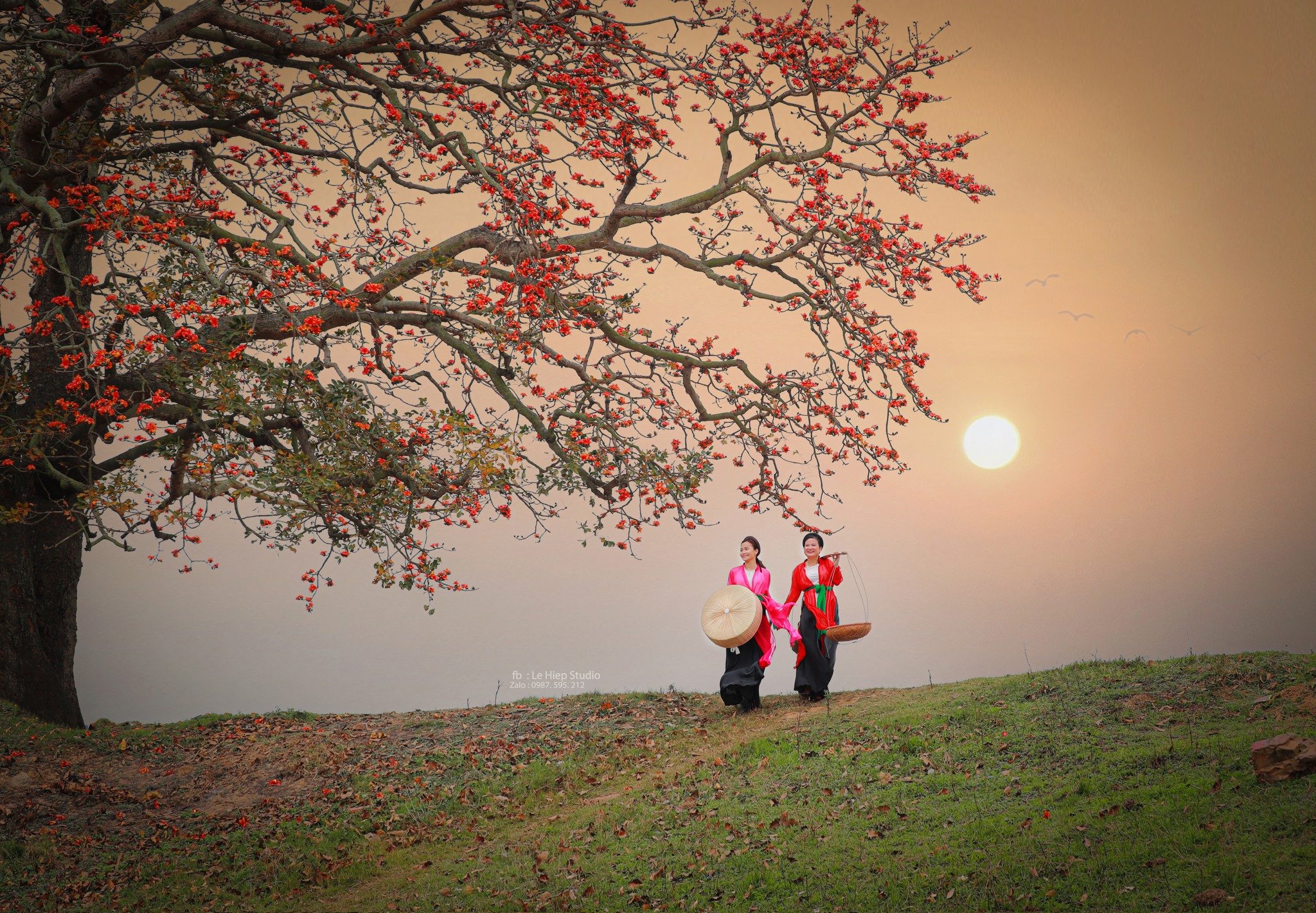
![[Photo] Prime Minister Pham Minh Chinh chairs the Government's special meeting on law-making in April](https://vstatic.vietnam.vn/vietnam/resource/IMAGE/2025/4/13/8b2071d47adc4c22ac3a9534d12ddc17)

![[Photo] National Assembly Chairman Tran Thanh Man attends the Policy Forum on Science, Technology, Innovation and Digital Transformation](https://vstatic.vietnam.vn/vietnam/resource/IMAGE/2025/4/13/c0aec4d2b3ee45adb4c2a769796be1fd)
![[Photo] National Assembly Chairman Tran Thanh Man attends the ceremony to celebrate the 1015th anniversary of King Ly Thai To's coronation](https://vstatic.vietnam.vn/vietnam/resource/IMAGE/2025/4/13/6d642c7b8ab34ccc8c769a9ebc02346b)




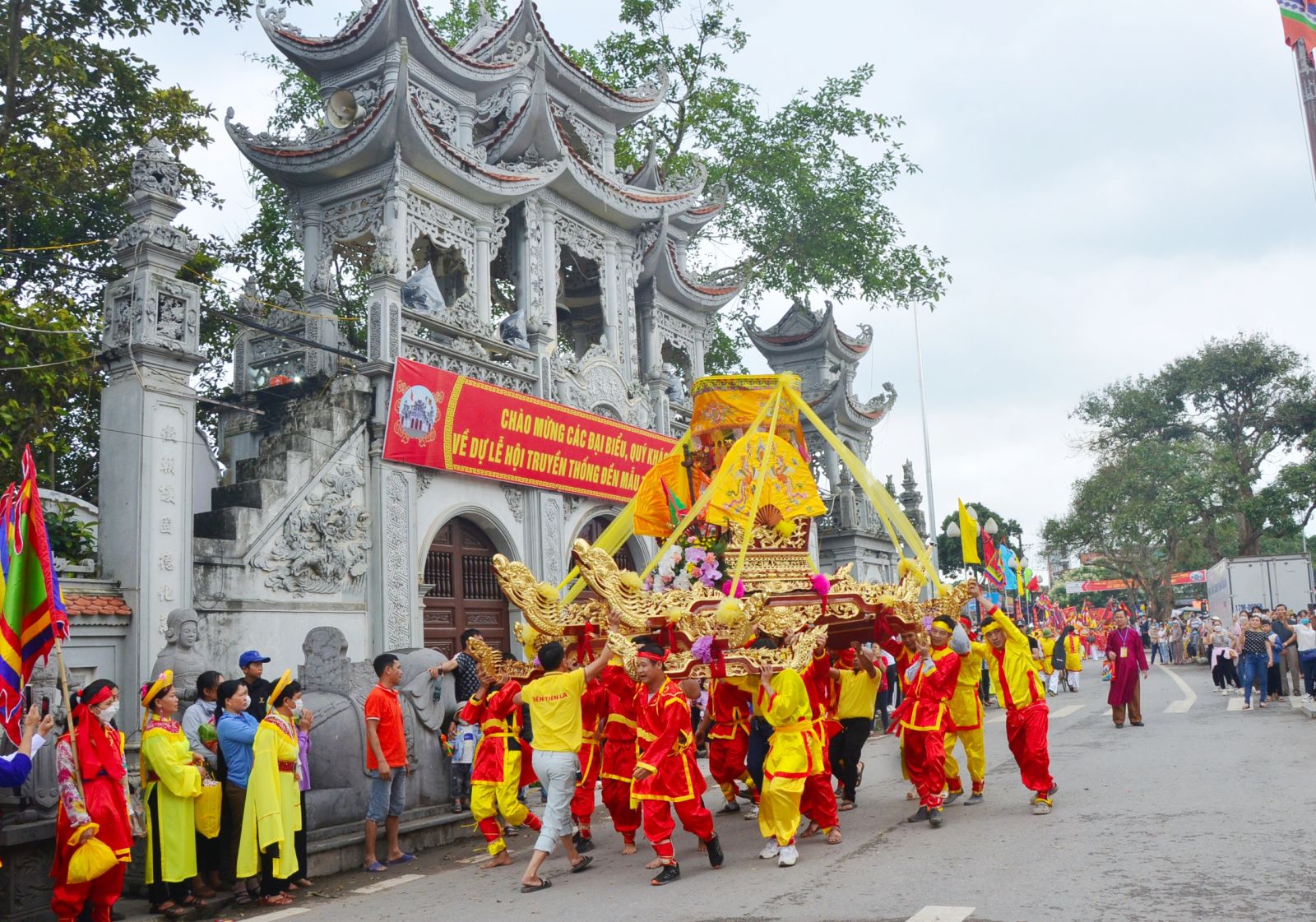



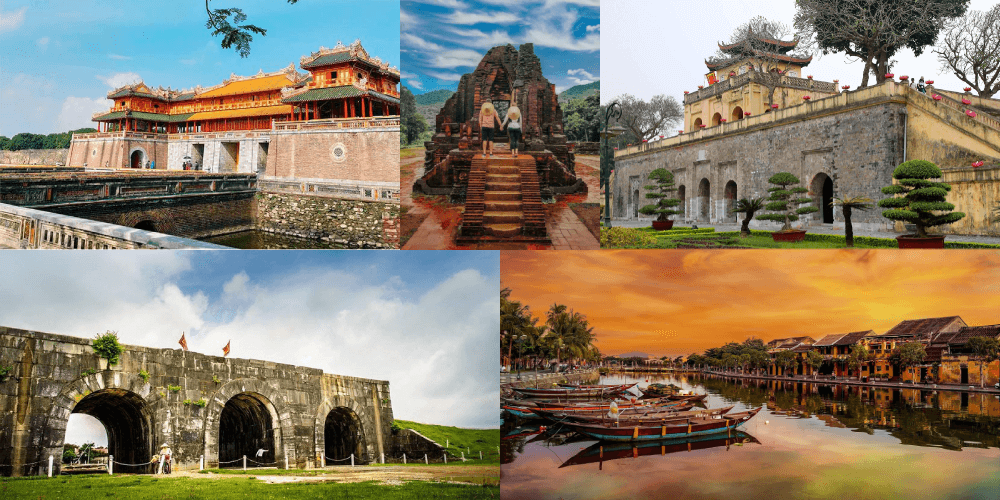

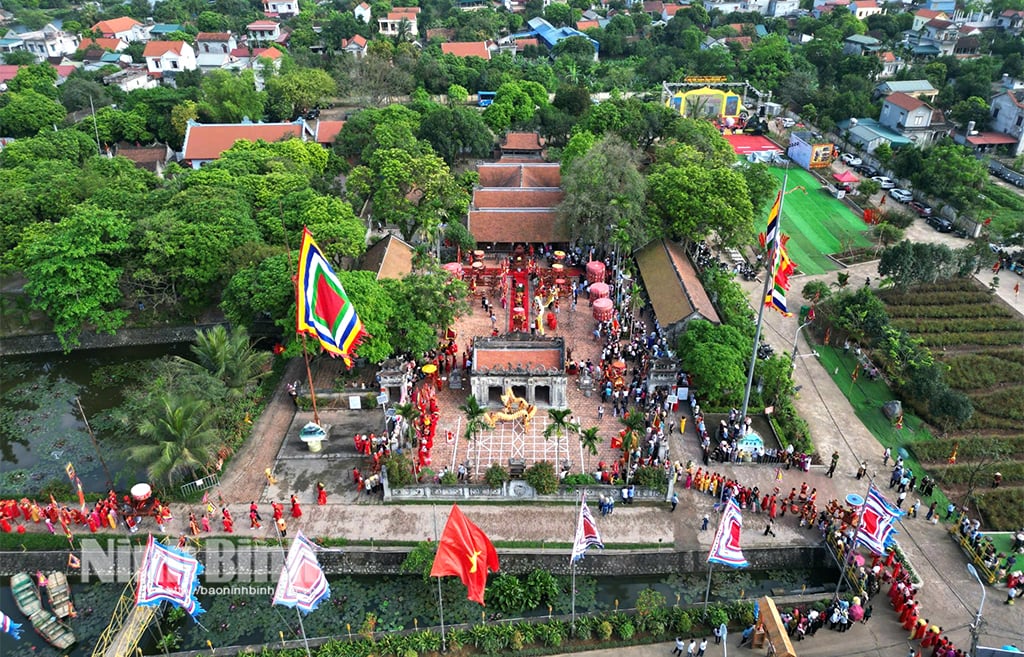










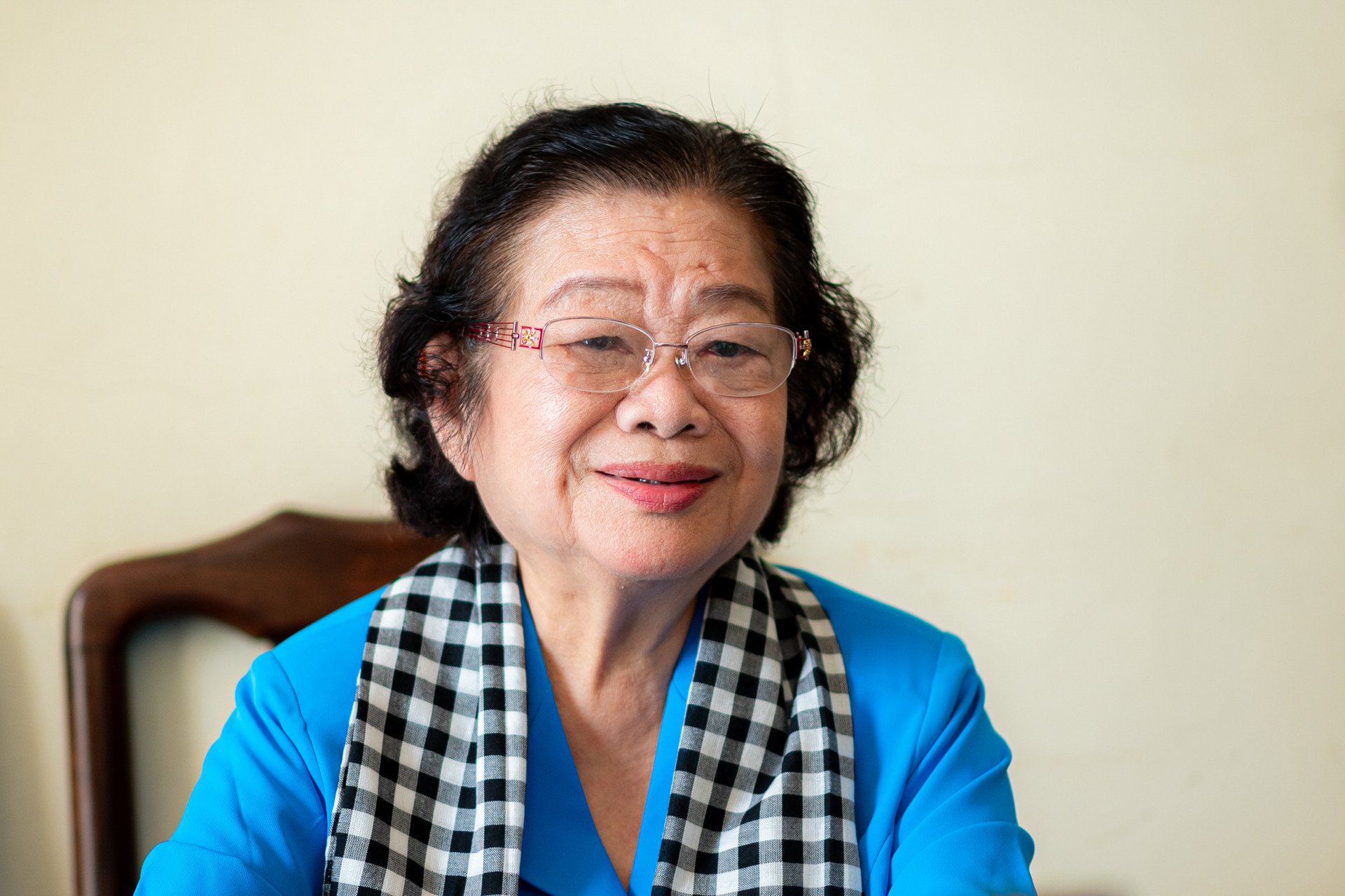
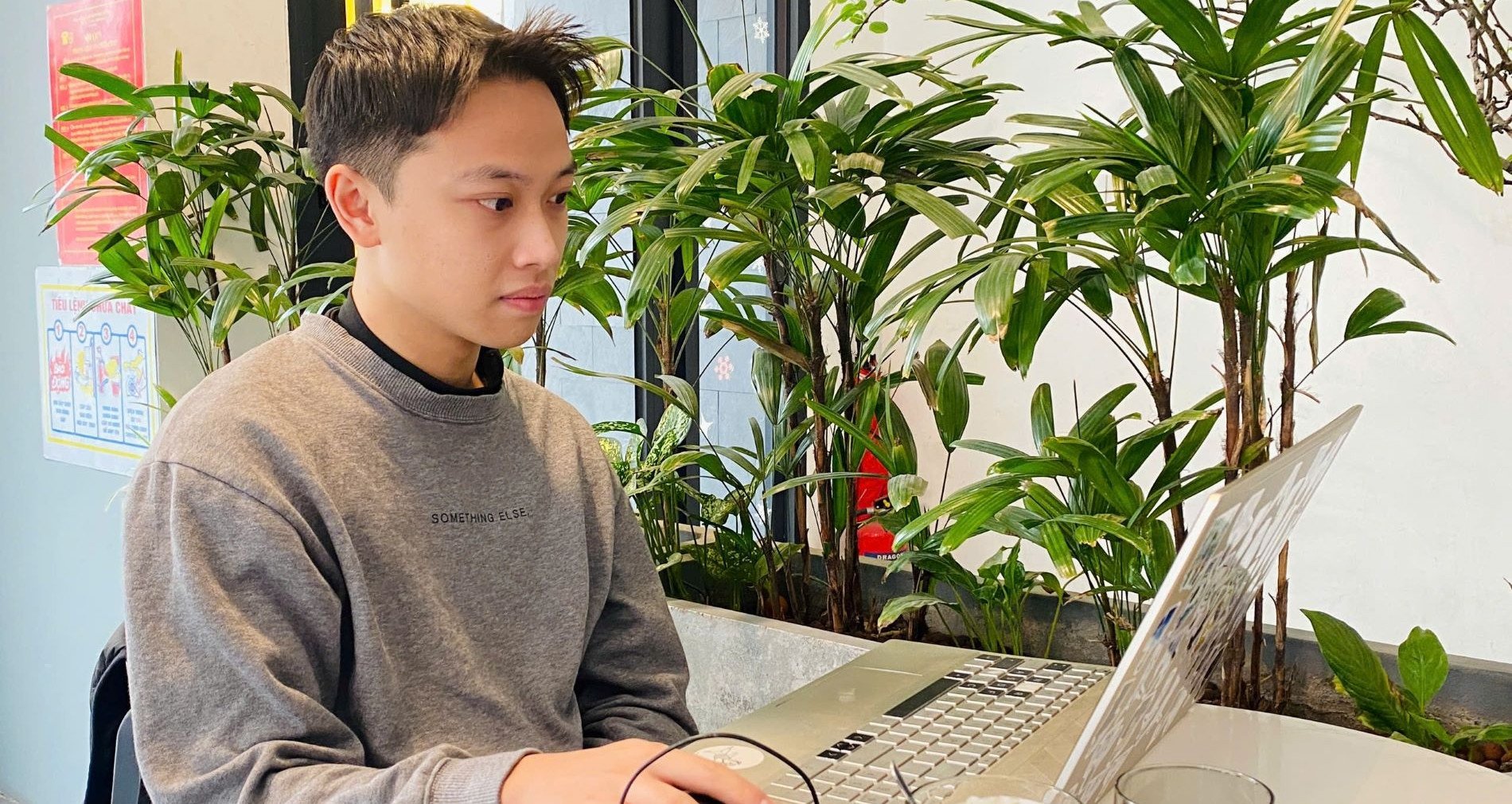
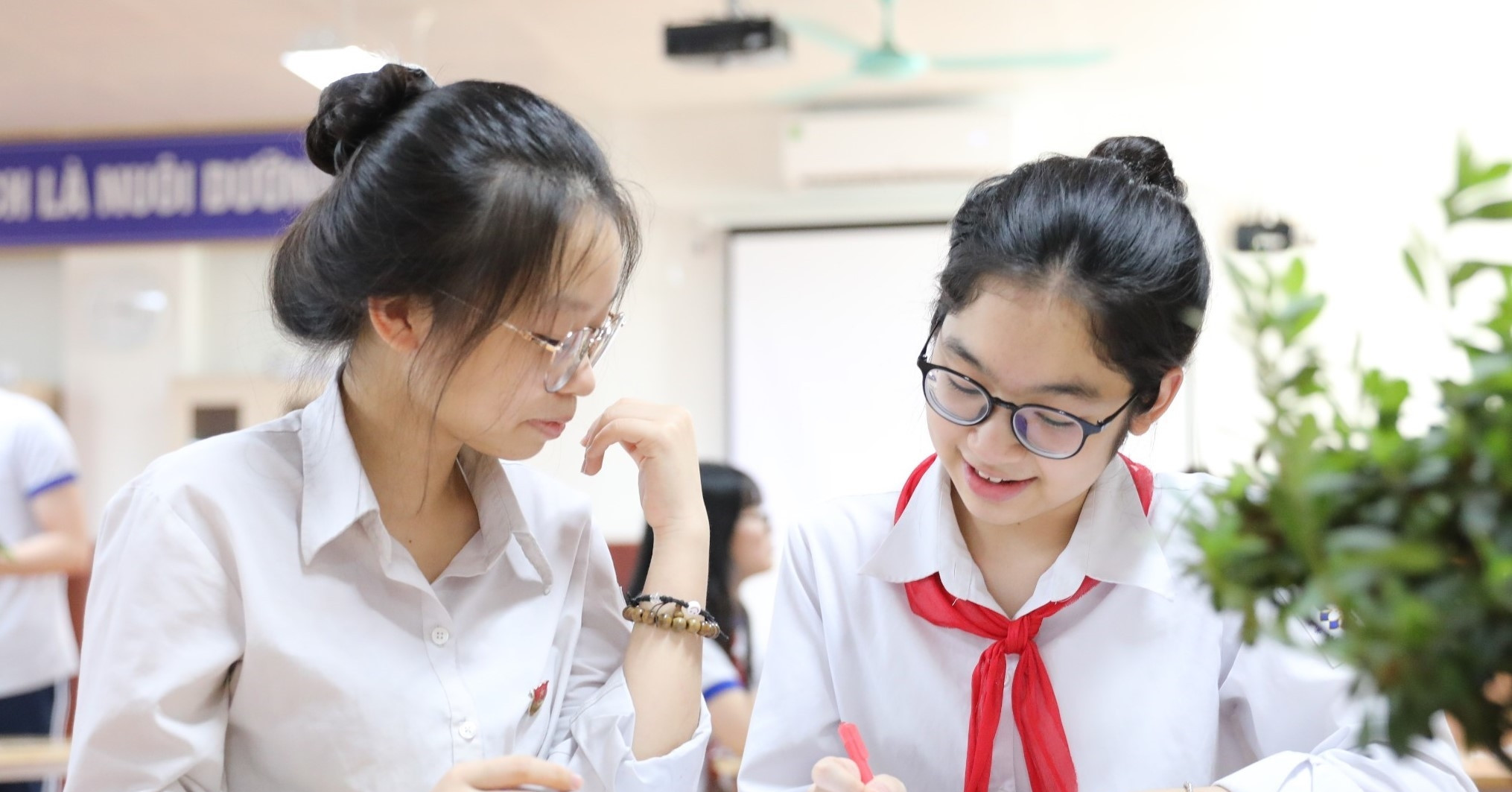
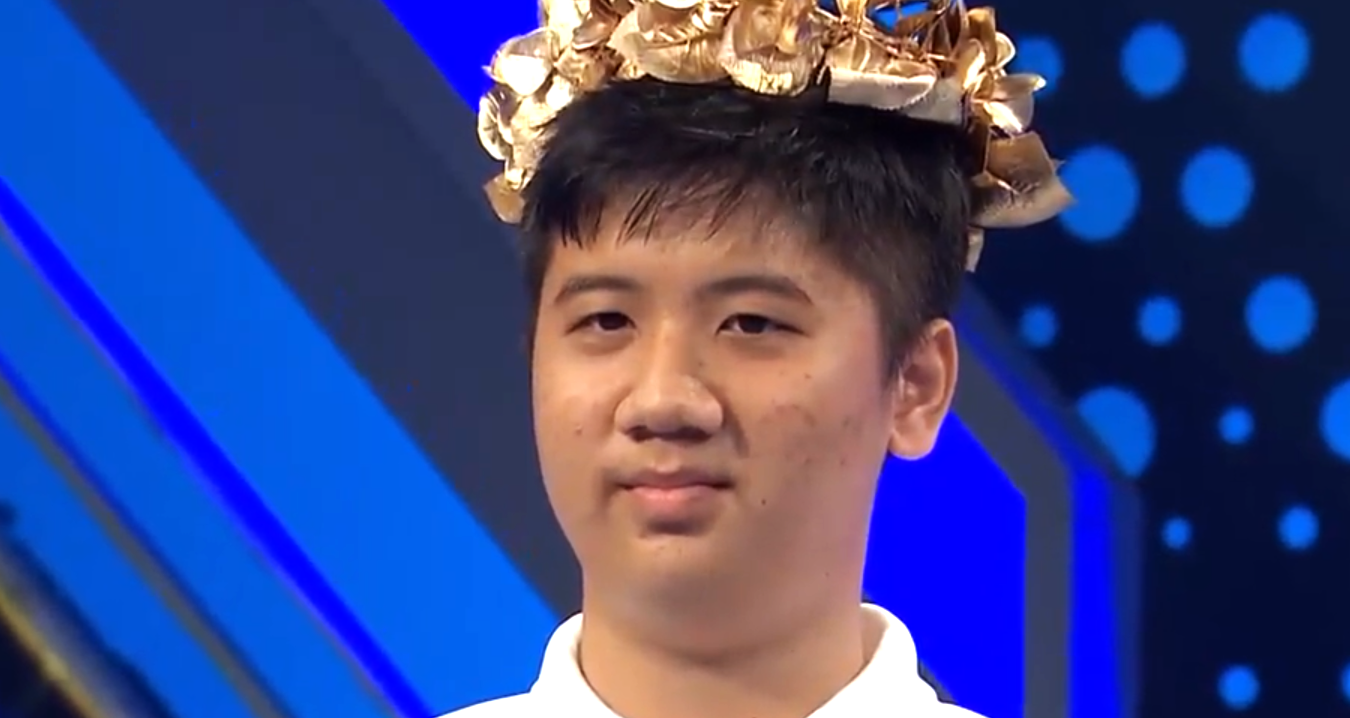
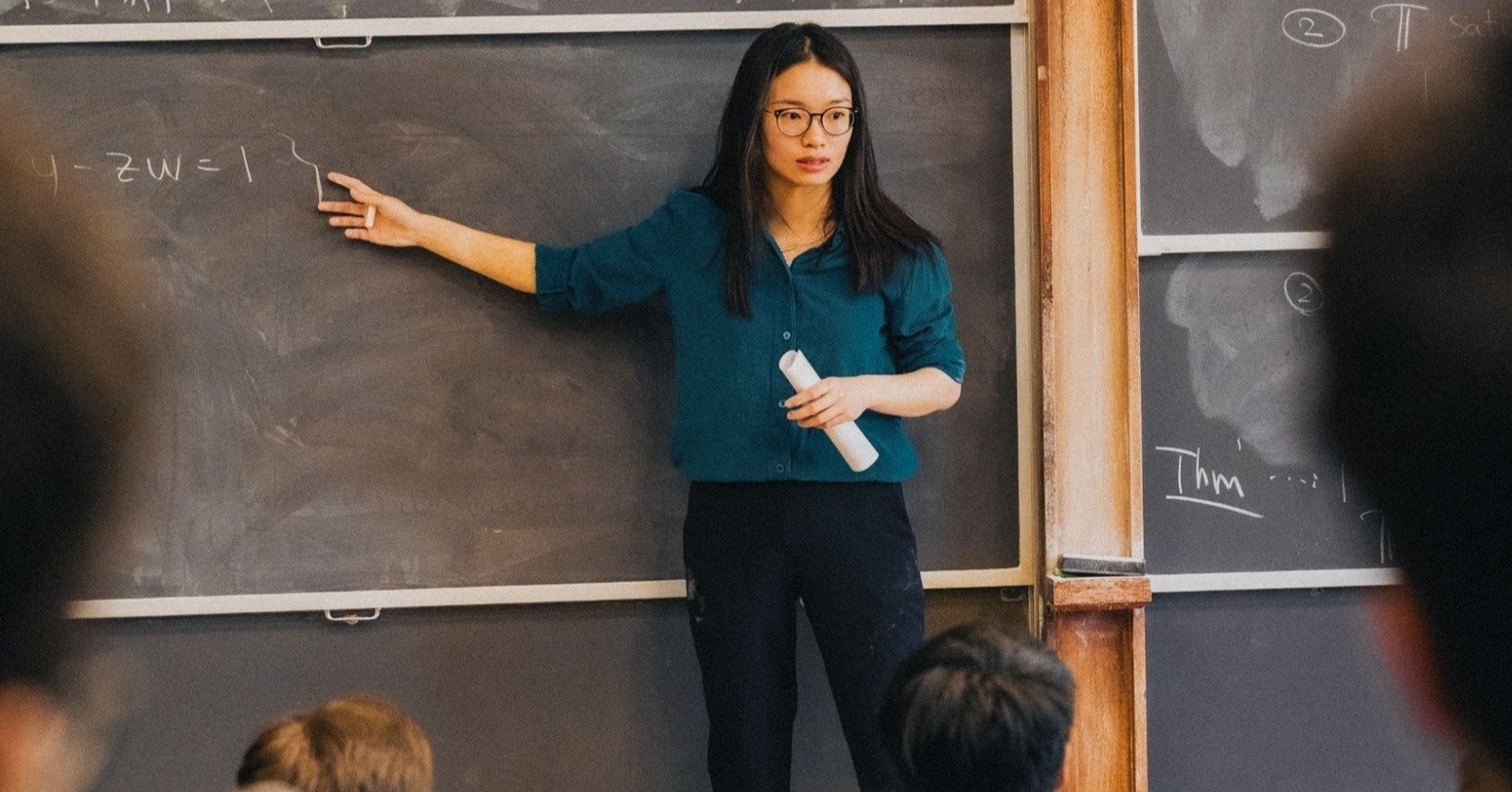
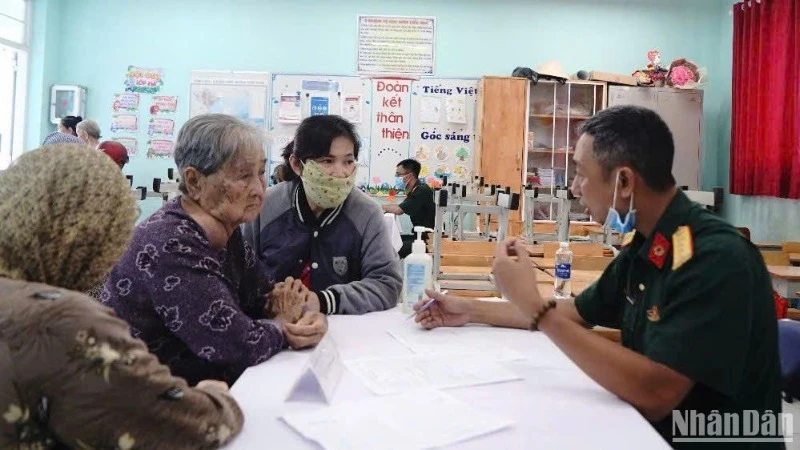




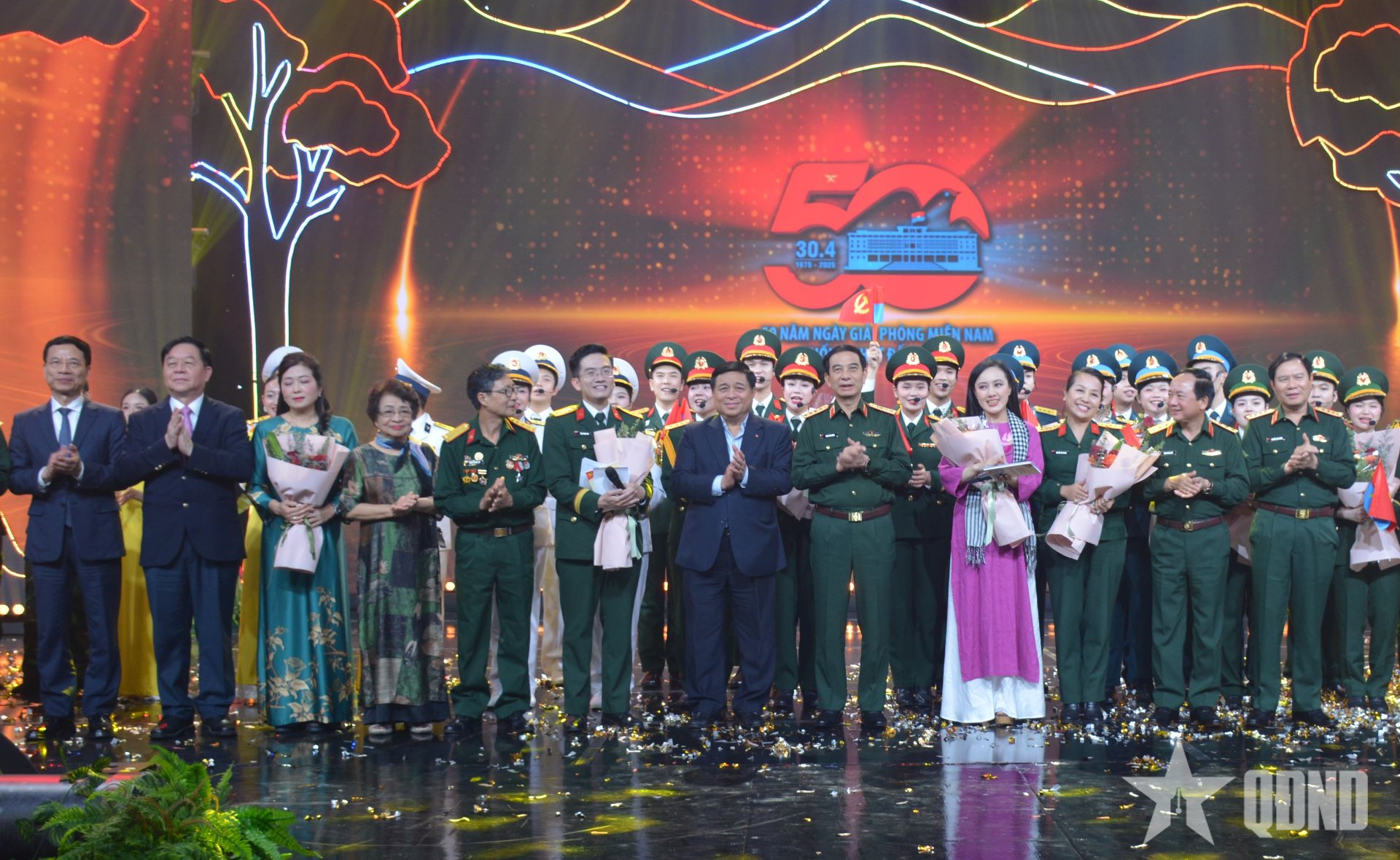

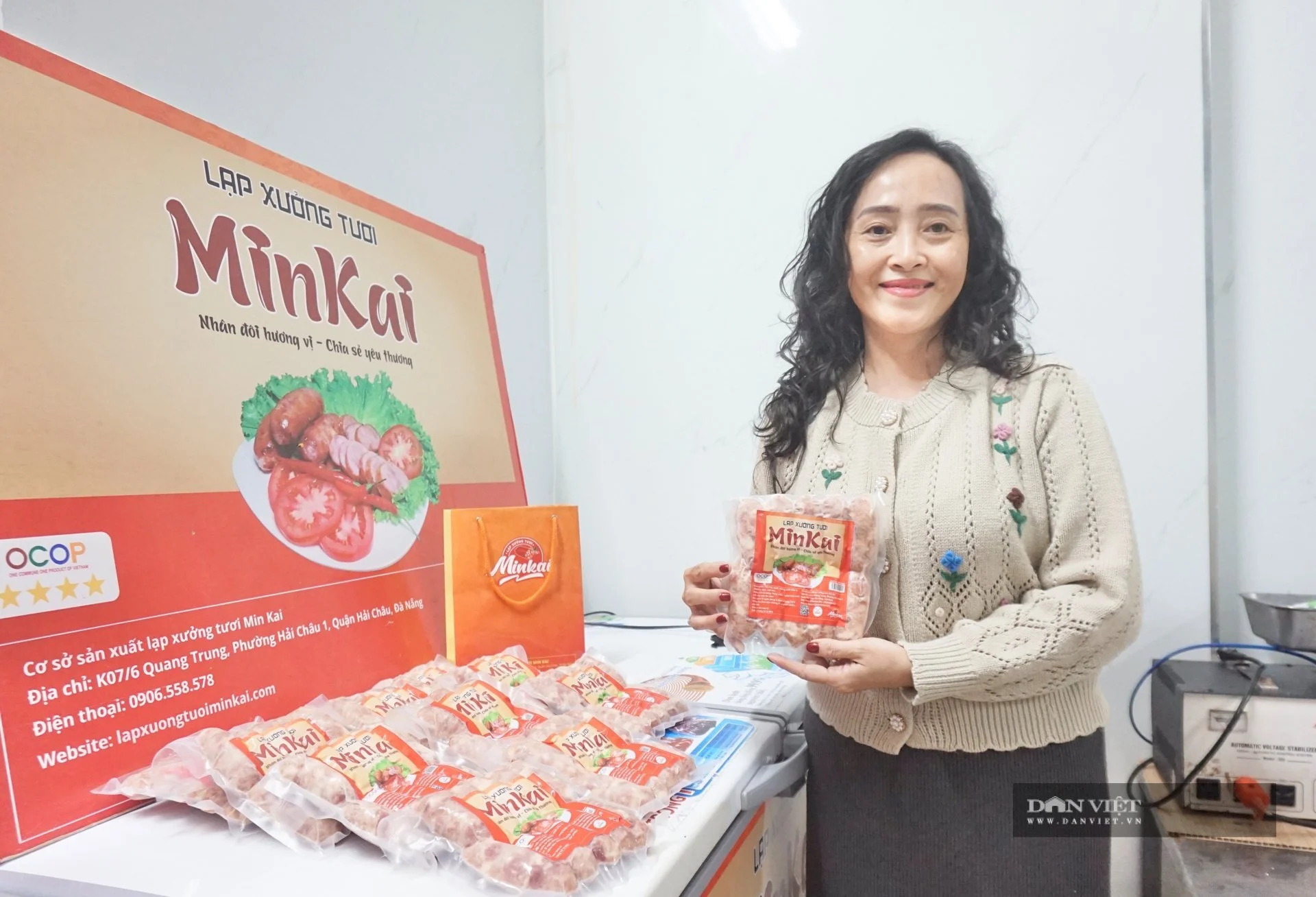



















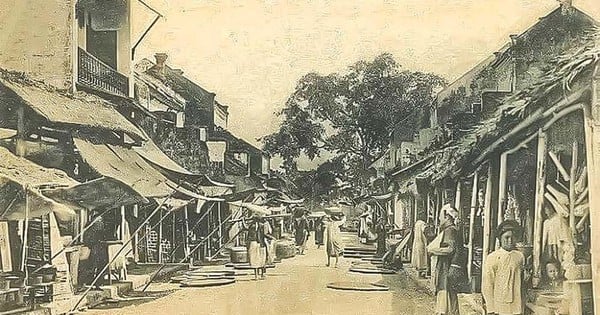

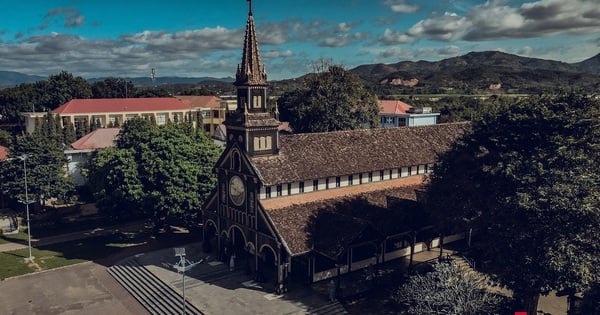

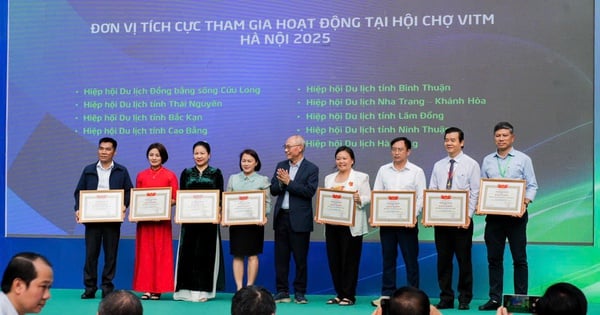







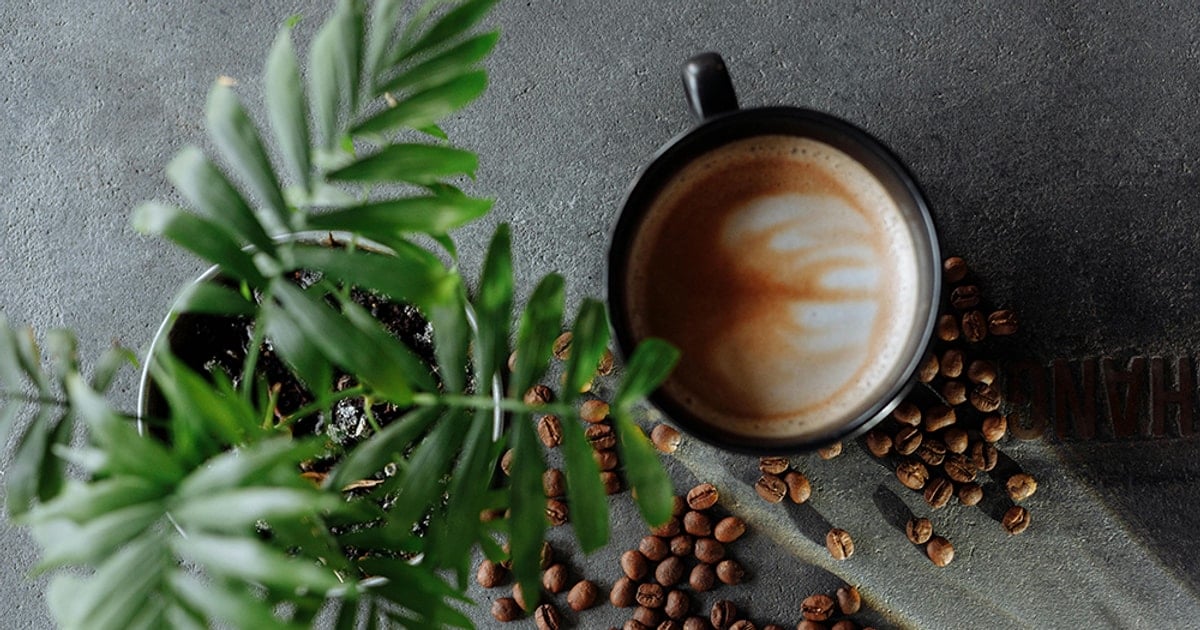

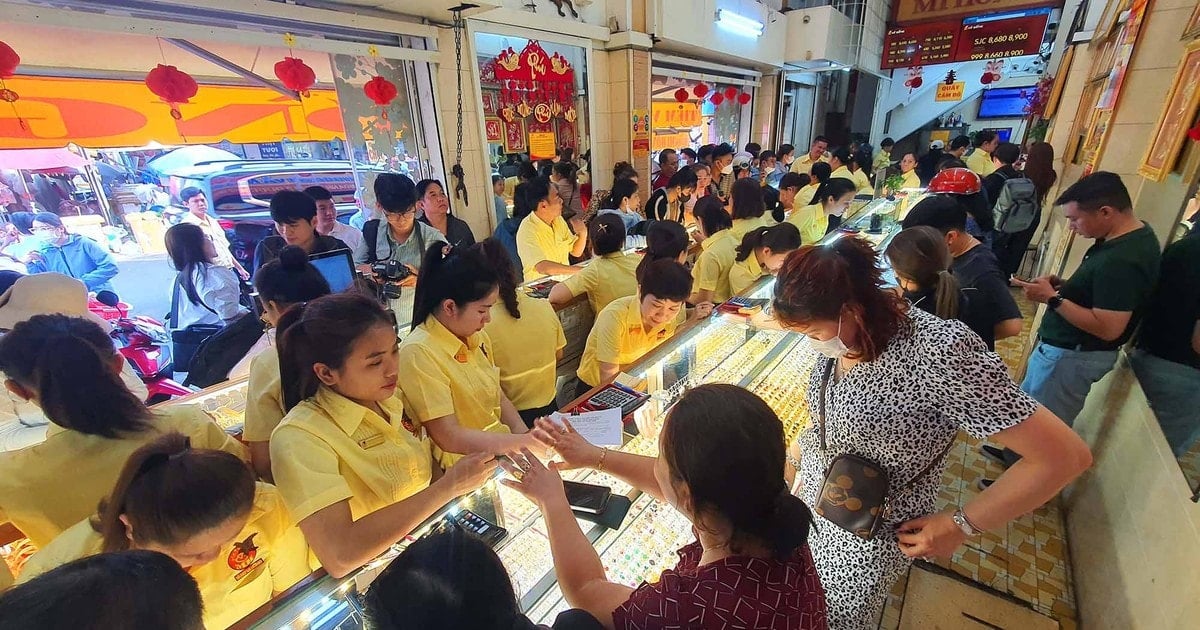
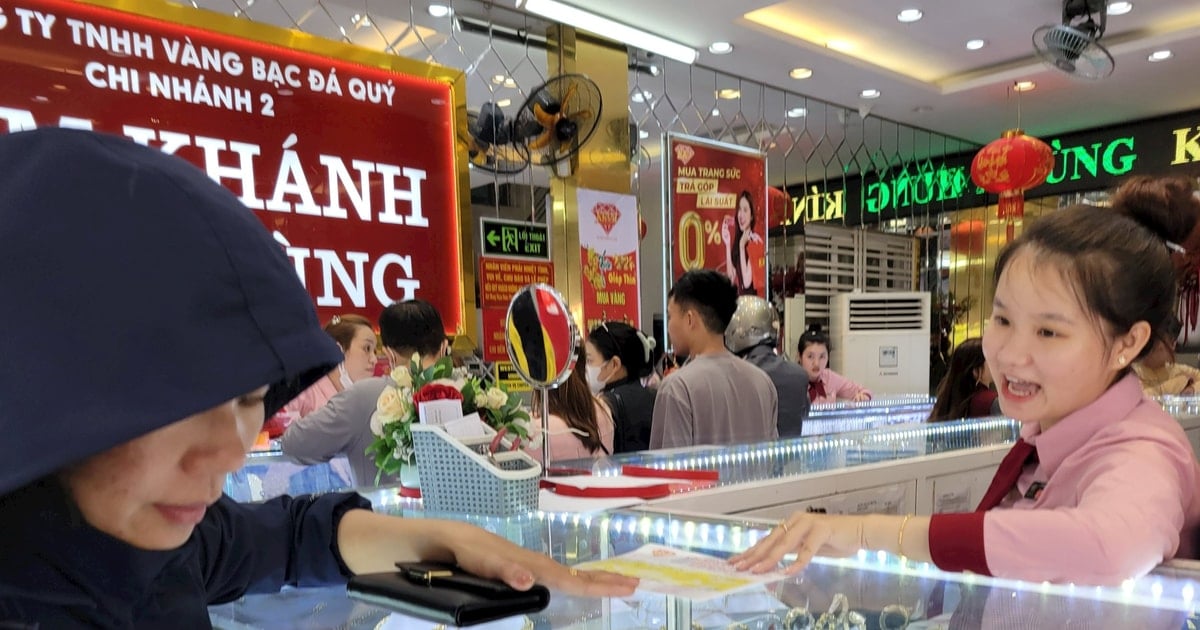













Comment (0)